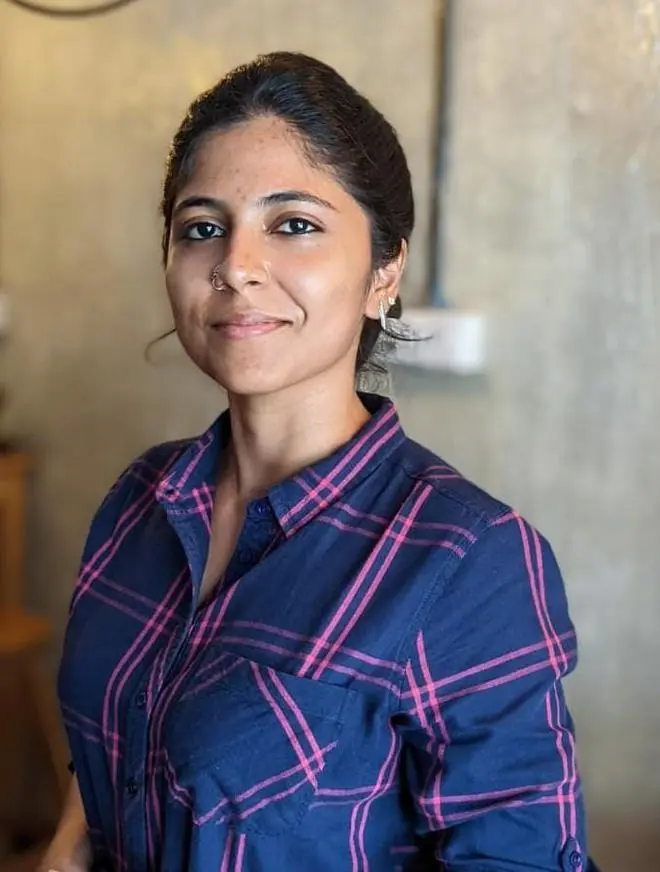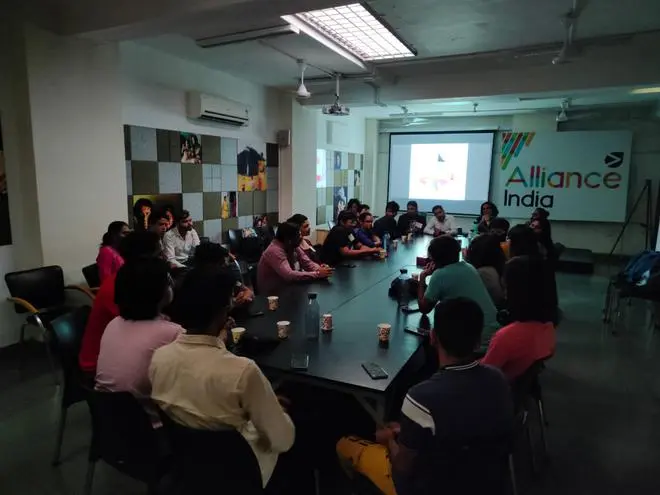October 23 to 29 is celebrated as the asexual awareness week. The main intent behind is to raise awareness about asexuality. So, what is asexuality?
An asexual person is someone who experiences little or no sexual attraction. It is widely under-represented in the LGBTQIA+ community. Often referred to as the invisible spectrum due to the lack of awareness about the orientation, asexual people face lots of discrimination.
There are several online groups where asexual people connect for a sense of community. While the awareness about asexuality is slowly increasing in India, there is still a lot more left to be done.
businessline spoke to people who identify themselves as asexual to know more about asexuality and the challenges of being an asexual in India.
Different Spectrums of Asexuality
According to Vidya Dinakaran, Psychotherapist, “There are different categories in asexuality. Every day, there are new labels and terms given to what people feel.”

Vidya Dinakaran, Psychotherapist
Raj Saxena, an equal rights activist who identifies himself as a homoromantic asexual (a homoromantic asexual person is romantically attracted towards the same gender but does not feel sexual attraction), spoke more about the different spectrums of asexuality.
Raj said, “On the asexual spectrum, there are people who experience minimum sexual attraction and are referred to as grey asexual. Then there are demisexual people who experience sexual attraction only when they feel romantic attraction.”
The spectrum is further broadened into aromantic asexual people who do not experience romantic or sexual attraction. Then there are romantic asexual people who experience romantic attraction, but not sexual attraction.

An asexual meet up in New Delhi
Raj says that he started working for asexual activism in 2013. At that time, people were hardly aware/educated about asexuality. “There might be many asexual people from remote areas of India. They might be looking for the community online or offline. That is why I started the asexual community in 2013.”
Raj has been actively involved in conducting various asexual meet-ups. In 2016, they launched the first dating app for the asexual community, known as the Ace app. One of the main ways to spread awareness about asexuality, Raj says, is to spread awareness about asexuality in regional languages, conducting webinars, seminars, and workshops about asexuality and representing themselves in pride walks. One can check Raj’s Instagram page ‘indianasexuals’ here.
It’s a long fight
While the activism about asexuality has increased, there is a long way to go. Raj says those in power do not give asexual people space or identity. Hence, they are continuously fighting. Only bigger identities, such as homosexual people, are approached more for representation, said Raj.
While speaking about the hardships that an asexual individual faces, Vidya said while working with people who identify as asexual people, one of the difficulties they face is the rigidity in society that doesn’t allow these people to express their gender and sexual identity. She said, “Most of them live most of their life without even talking about their sexuality or completely invisiblizing it. Somebody who is a heterosexual doesn’t even have to hide their sexuality.” Vidya added that an asexual person has to check whether the environment is safe to talk about their sexual identity. “And that is a lot of pressure to deal with,” she said.
Namrata Edward Kshitij, Life coach, freelance writer and blogger, identifies herself as aromantic asexual. In a society that is intently focused on heteronormative relations, it becomes hard for someone who doesn’t want physical relations. “When I was a teenager, I thought I was heterosexual, because it’s the default,” said Namrata.

Namrata with her four legged best friend
As Namrata didn’t feel any sexual or romantic attraction, she felt something was wrong with her. It was with time that Namrata identified herself as an asexual person. One of the difficult times for Namrata was when she felt pressure for marriage from her family.
Being on the spectrum where she does not feel sexual or romantic attraction, Namrata wasn’t ready for marriage. It should be noted that many asexual people do get married, it varies with every individual.
While Namrata did come out in front of her friends as an asexual, her family still doesn’t know about her sexual orientation. “You know how it is in India. Women are not supposed to say they are interested in sex and they are also not supposed to tell that they are not interested in sex,” said Namrata.
Namrata is not the only person who faces this hardship of having communication about one’s sexual orientation with their parents. “I think Indian parents for most part, are not willing to consider anything other than heterosexuality. “
Namrata adds the lingering hardship that asexual women face, where they are forced to marry against their wishes. Asexual people often face something called corrective rape. It is a hate crime where a person is raped because of their sexual orientation to “fix” the person’s orientation.
On being asked about the biggest challenge an asexual person faces in India, Namrata said, “The pressure to get married, especially for women is extreme. And of course, when you get married, you are supposed to have sex and have kids. Thus, the threat of forced marriage is the biggest challenge.”
Miles to go
There is no doubt that the representation of asexuality is increasing. However, there is a long way to go. Asexuality is still a term that we hardly know. Raj feels, “Print media is a very good medium to reach out to more people. Apart from that social media platforms are very important to reach out and educate people about asexuality.”
Also, there is a need to change with regard to rigidity within the queer community. Vidya said, “Even within the queer community there are difficulties in accepting the other group. There is a criterion that if you have to sit into a particular group, you have to fit into the criterion of the group.” Thus, those with intersectional identities, face the pressure of reject.









Comments
Comments have to be in English, and in full sentences. They cannot be abusive or personal. Please abide by our community guidelines for posting your comments.
We have migrated to a new commenting platform. If you are already a registered user of TheHindu Businessline and logged in, you may continue to engage with our articles. If you do not have an account please register and login to post comments. Users can access their older comments by logging into their accounts on Vuukle.